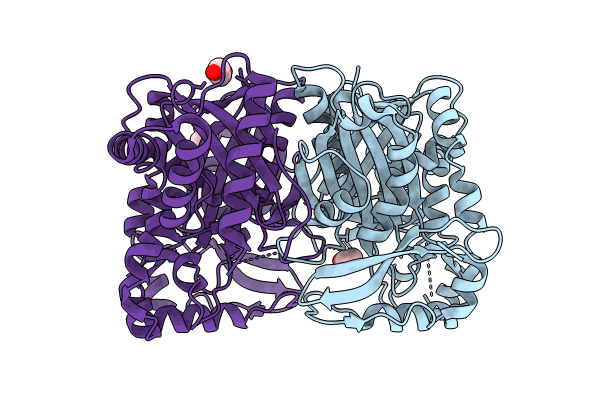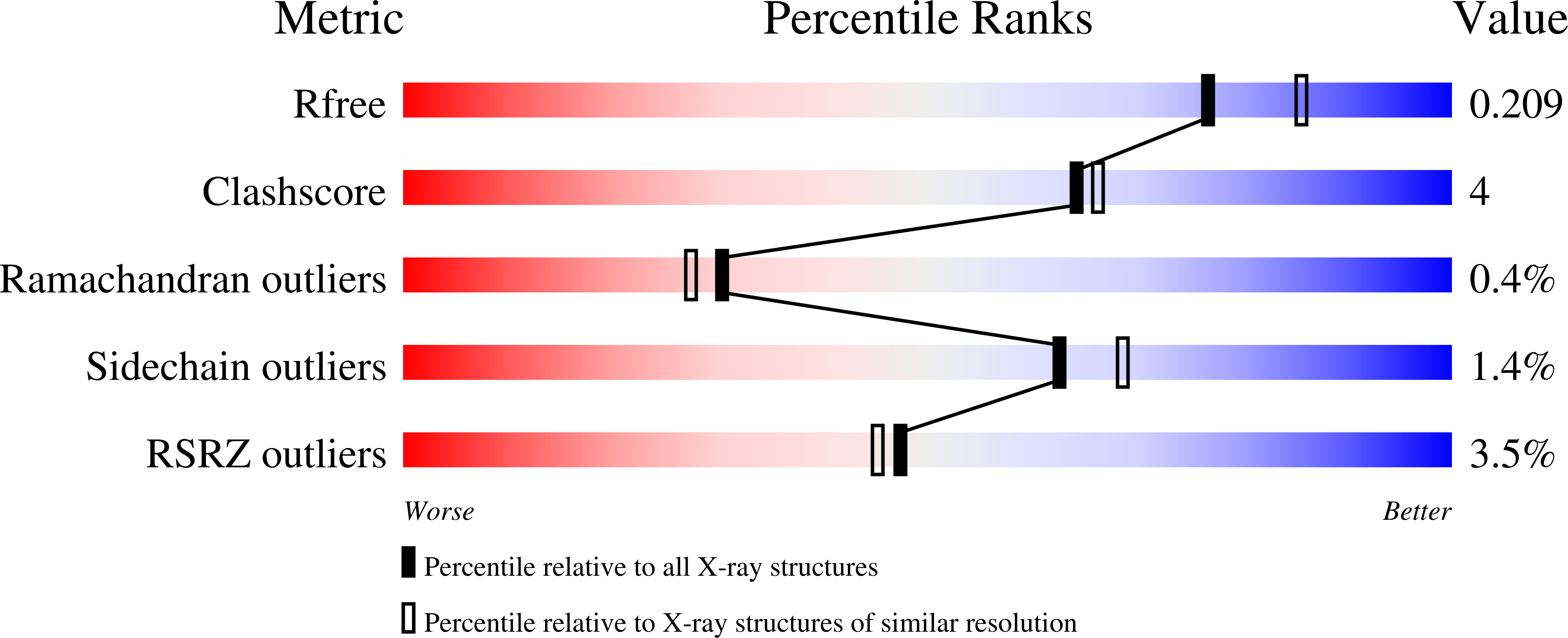
Deposition Date
2024-03-05
Release Date
2024-11-13
Last Version Date
2024-11-13
Entry Detail
Biological Source:
Source Organism:
Streptomyces virginiae (Taxon ID: 1961)
Host Organism:
Method Details:
Experimental Method:
Resolution:
1.99 Å
R-Value Free:
0.20
R-Value Work:
0.17
R-Value Observed:
0.17
Space Group:
H 3 2


